The last 12 months have been full of change and transformation. The months have been filled with dramatic turns in politics, culture and society. To start with, the Covid-19 pandemic, which is still raging, has changed life as we know it. The way we communicate has changed and the information we share in our communication has also changed. It is important to take stock of the developments that have driven our visual communications.
Predicting visual trends for 2021
To forecast, we look at how life has been and map it against external forces like Covid-19, technological shifts, political uprisings and cultural expressions. Predicting visual trends for 2021 is not only going to be helpful for advertisers and creative practitioners, it will also be eye-opening for brands looking to determine how to cut through the visual clutter and stand out.
Here are the 2021 visual trends predicted by WAKILISHA:
1. Unfiltered Access
With the rise of User generated content over the years (videos, images, reviews etc), content creation has shifted heavily towards customers and users, rather than by the brands themselves. User generated content is one of the most authentic forms of visual communication and will continue being a crucial part of marketing for brands that want to make themselves more accessible and relatable to their audiences.
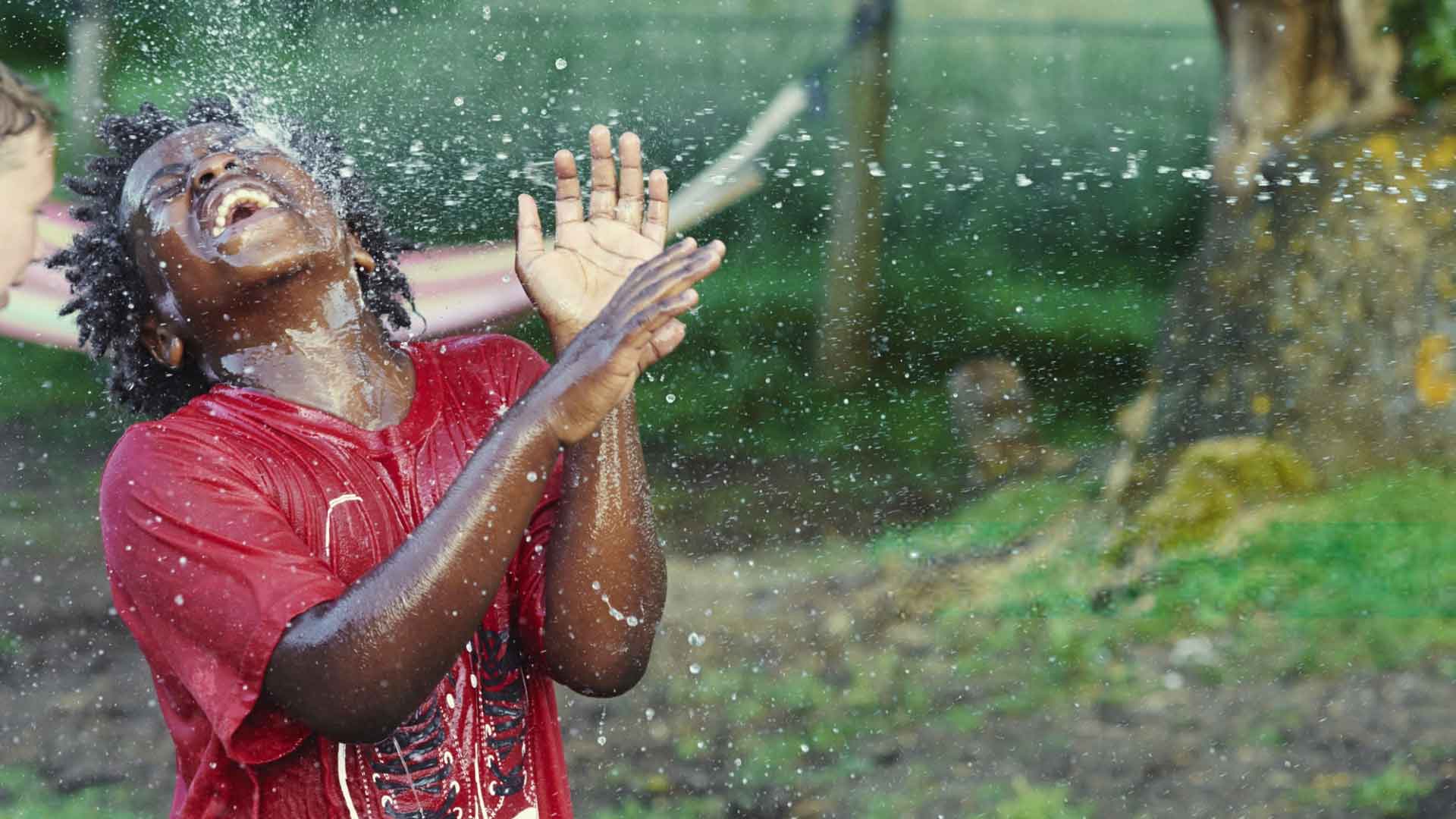
Unfiltered access does not come easy. It will require providing open access to brand aspects which some people might not want to share with the public. For the brave challenger brands, the openness will be but a slight inconvenience. They will adopt the aesthetics of modern smartphone journalism to create right-in-the-feels content that connects deeper with younger consumers. 2021 will bring a raw, impulsive edge to visual storytelling.
2. Mindfulness and wellness
The search for luxury and the need for sustainability will clash in 2021 to result in a focus on meaningful consumption and living with mindfulness. Continuing the trend from previous years, consumers are increasing rejecting mass-produced items. In place of the generic products, consumers in 2021 will increasingly favor locally produced products.
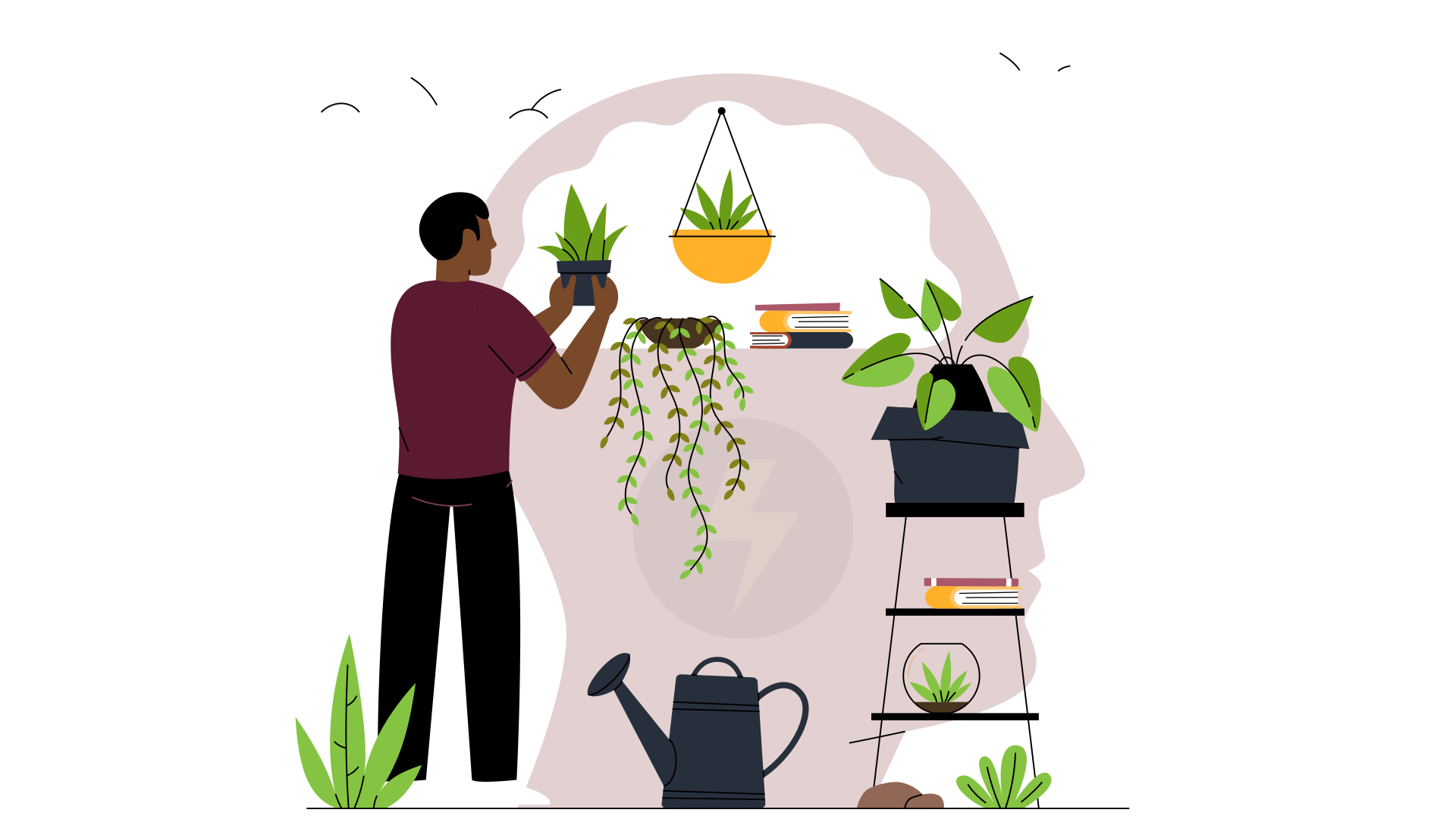
Small entrepreneurs and businesses with low production volumes are the most likely to benefit from this spike in conscious, local purchases. Brands will have to pivot their marketing to position their products as simplified goods with less stress on the environment and better quality overall.
3. Pastel colors inspired by nature
In 2021, expect to see a trend towards pastel colors. These will mainly be soft greens and browns, also known as the colors of life, of healing, and newness. As well as natural shades, expect to see more blue, gray and beige tones in 2021 visual communication.
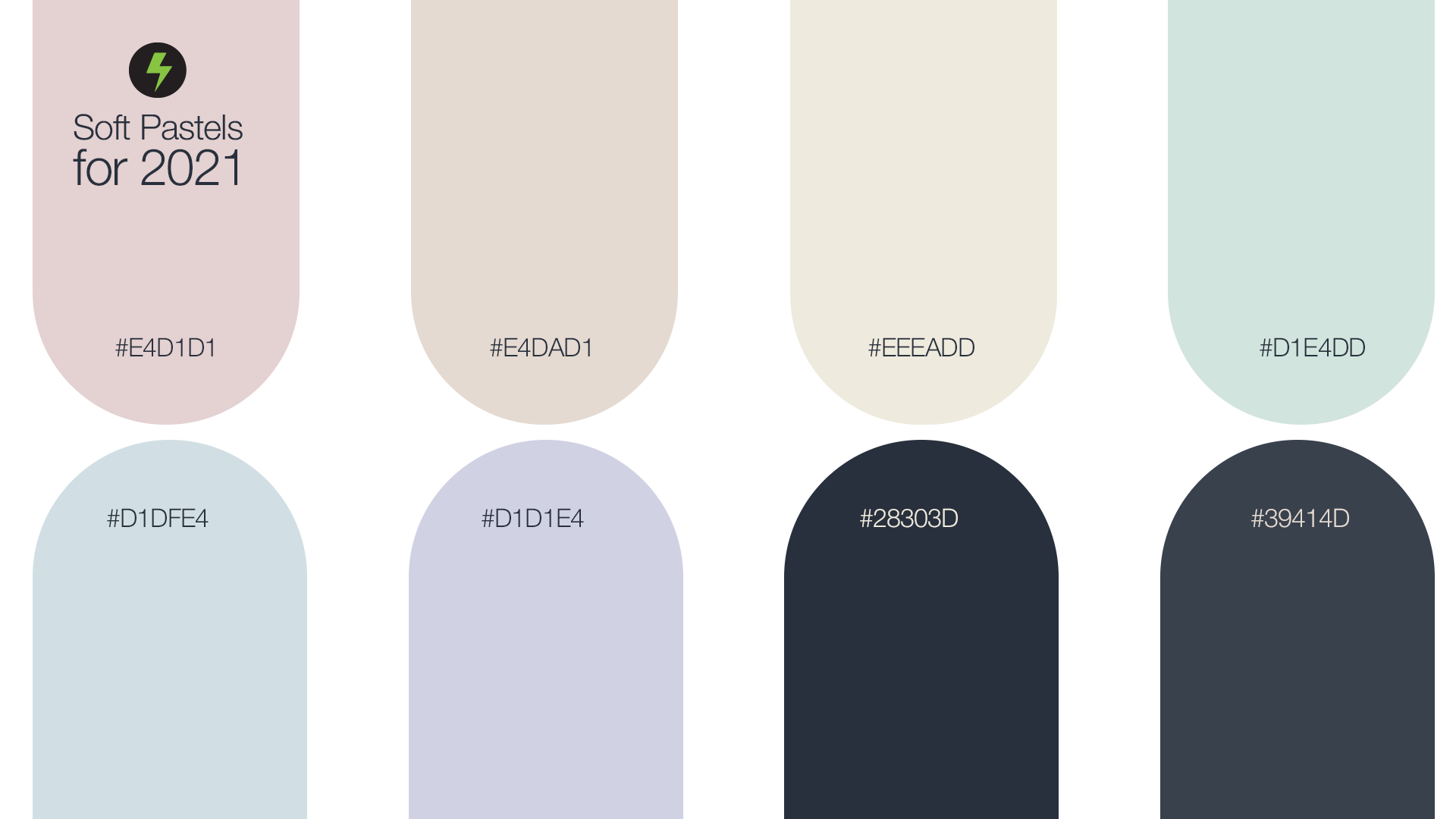 Gray is the perfect intermediate between everything. It inspires a sense of rich and earthy minerals. The past few months have changed our lives in different ways, not in black and white, but in (five hundred) shades of gray.
Gray is the perfect intermediate between everything. It inspires a sense of rich and earthy minerals. The past few months have changed our lives in different ways, not in black and white, but in (five hundred) shades of gray.
We go in with a lot of uncertainty as we come out of quarantine and rejoin the social world. The restricted, uncompromising greens and browns mixed with the open, flexible blues and grays will create a dependable, stress-free pallet.
4. Focus on Truth
A lot has happened this year, casting doubt concerning the place of truth in our world. Trust in government, the media, and businesses has fallen to its lowest levels ever. Social media platforms especially, have exacerbated the problem of mistruth. Fueled by various factors like inequality, mass migration, technological shocks and differences in culture, misinformation will become a more urgent problem in 2021. The globalized nature of the problem means its not easy to tackle. With increased wariness of what is true and what is not, many people will want to pay more attention to the news and content they consume.
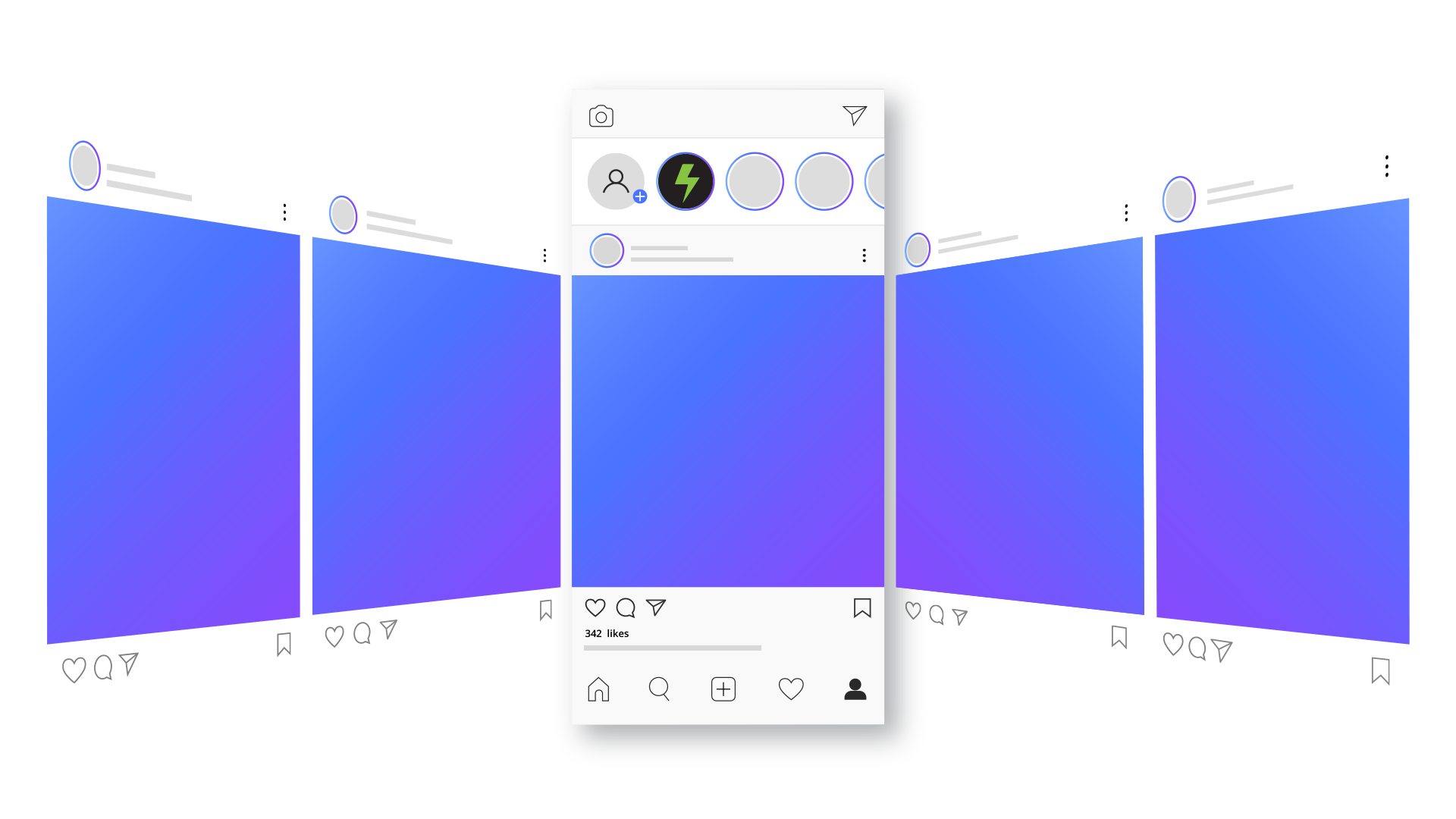 This means more emphasis will be placed on the sources where news comes from. People will curate their sources of information and their physical spaces more intentionally. Not just as a way to guard against false information but also to reduce the increasing levels of social anxiety brought about by an overload of information at every turn. Instead of watching 16 news channels, they will subscribe to a daily current affairs podcast hosted by someone they know. Instead of watching political pundits discuss the latest goings on in parliament, people will huddle in groups with friends and talk out their minds. For brands, this means the role of micro-influencers will be even more important in 2021. Micro-influencers will allow brands to reach beyond the internet and convert those groups of people.
This means more emphasis will be placed on the sources where news comes from. People will curate their sources of information and their physical spaces more intentionally. Not just as a way to guard against false information but also to reduce the increasing levels of social anxiety brought about by an overload of information at every turn. Instead of watching 16 news channels, they will subscribe to a daily current affairs podcast hosted by someone they know. Instead of watching political pundits discuss the latest goings on in parliament, people will huddle in groups with friends and talk out their minds. For brands, this means the role of micro-influencers will be even more important in 2021. Micro-influencers will allow brands to reach beyond the internet and convert those groups of people.
5. Authentic Storytelling
If 2020 was the year of isolation, 2021 will be the year of a self-aware drive to deconstruct what it means to live in urban Africa. A lot more creative content will come out of African cities to highlight African cultures in all their diversity, and replace the stereotype of the African city as a place of poverty, starvation and conflict. Expect candid and heartfelt portrayals of life in African towns and inner cities.
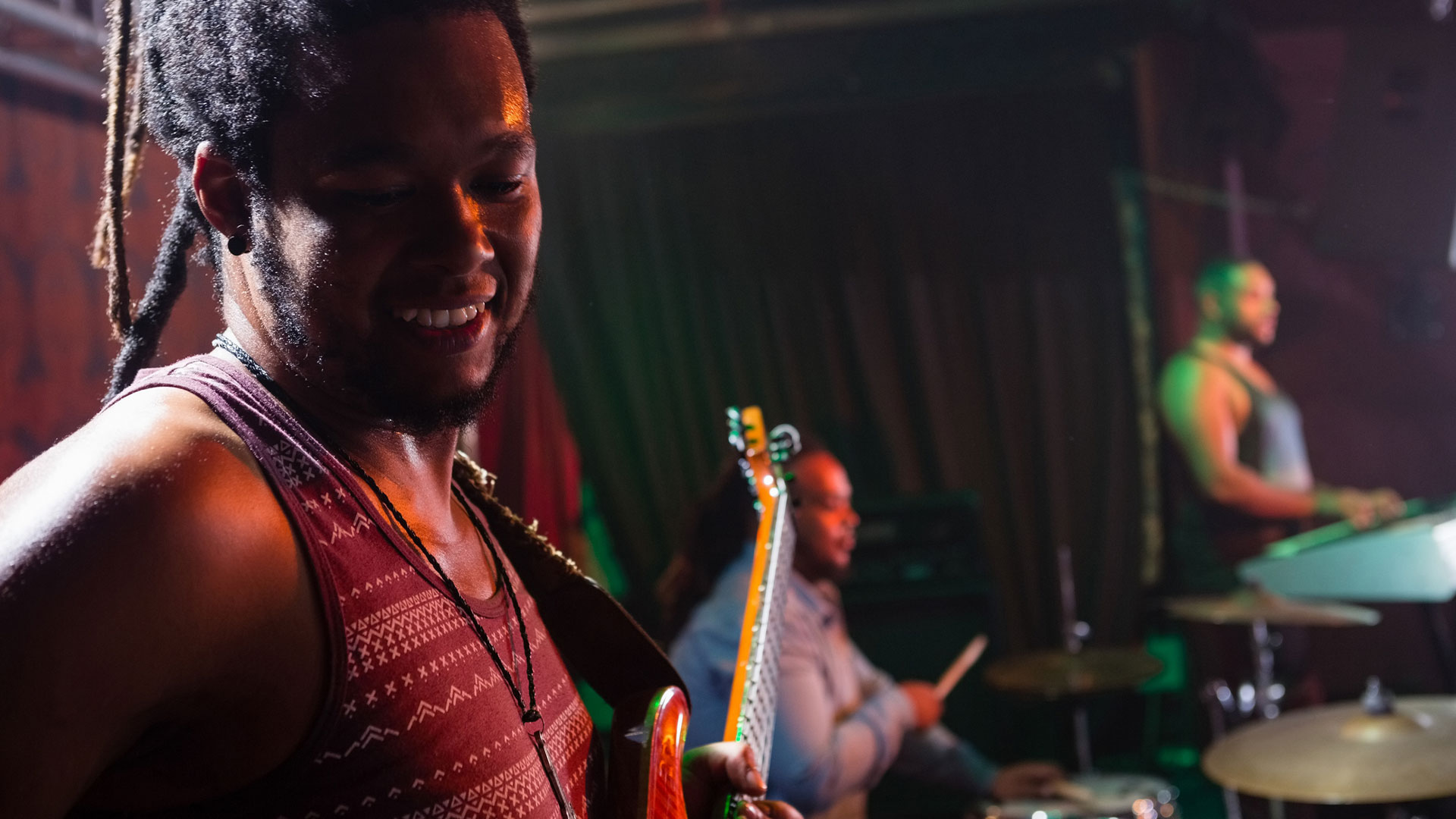
There will also be a rise in the output of audio and visual content promoting the sounds of different African cities. African sounds like amapiano, gengetone, afrobeat etc. will make forays into international parties more and more in 2021. Expect an increase in coverage of the informal employment industry which employs the majority of workers in Africa. 2021 is going to be the year you hear the story of the seamstress, taxi driver, informal market trader, shopkeeper and street food vendor in African cities and towns.
6. Virtual Experiences
Technology has transformed our lives and our sense of self. In a twist of plot, technology in 2021 will be hailed for making us more human, not less. Technology has allowed us to survive a pandemic and enabled us to access basic human needs during a time when we could not socialize physically. It has made us more interconnected and engaged with the world around us. In 2021, this trend will continue with the concept of extended/augmented humanity being a central discussion point in technology circles.

Virtual reality and augmented reality hardware will most likely become more easily accessible to cater for the increased demand from users. Some of the industries most likely to benefit from increased uptake of virtual experiences will be mobile gaming and filmmaking. Virtual and augmented reality have shown that technology can be optimistic, providing opportunities to care, love and connect with each other even when physical closeness is not possible.
7. Design thinking
One thing that has come out clearly in 2020 is the need for niche solutions to problems facing people. Due to differences in culture and other social factors, one-size-fits-all solutions are not always the most efficient at dealing with problems. Whether that’s inequality at the work place, poor governance or racism.

In 2021, design thinking will be adopted by more and more people and groups to solve problems. Creative thinkers and designers will come together to drive humanistic solutions; solutions that make the world more inclusive, environmentally conscious and peace loving.
8. Dark Mode
Depending on your device and the application you’re using, sometimes even with brightness turned all the way down the screen is still too bright. Most computers, tablets and smartphone devices now support dark mode. We spend a lot of time looking at our devices. Sometimes in low light environments. Dark mode will continue proliferating on the internet. While not everyone will love dark mode, those who do will undoubtedly enjoy using their devices with light text on dark backgrounds in low light situations.

Dark mode improves visibility for users with low vision and those sensitive to bright light. It also saves battery on OLED devices. In 2021, there are those who will adopt dark mode as the permanent state of their devices and there are those who will switch between dark mode and light mode depending on the context; dark mode at night or in dark environments and light mode during the day.
Which 2021 visual trends have we left behind? Let us know in the comments below.
Wakilisha Staff
Our mission is simple: to uplift and safeguard African culture, with all its diversity, for generations to come. We celebrate our heritage and ensure its enduring legacy through in-depth coverage of the happenings across the continent, engaging initiatives, and collaboration with other African cultural practitioners.




